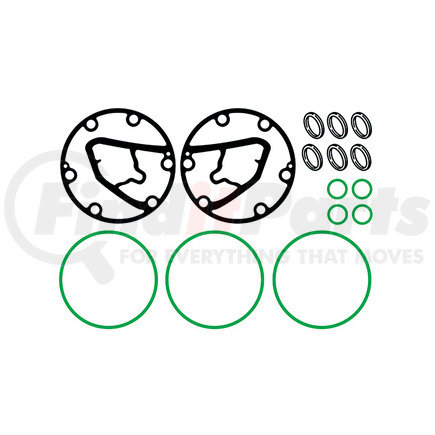manicmechanic007
5 Year Member
Mainly a vacuum test is all that is needed
The pressure test would just be a final double check
Use freon if you are worried about air which I would not be
You are only going to be pressure testing for a few seconds
Use expensive as hell r1234yf if you are real worried about our atmosphere
Pretty sure they just use air to test with when remanufacturing AC compressors
The pressure test would just be a final double check
Use freon if you are worried about air which I would not be
You are only going to be pressure testing for a few seconds
Use expensive as hell r1234yf if you are real worried about our atmosphere
Pretty sure they just use air to test with when remanufacturing AC compressors












